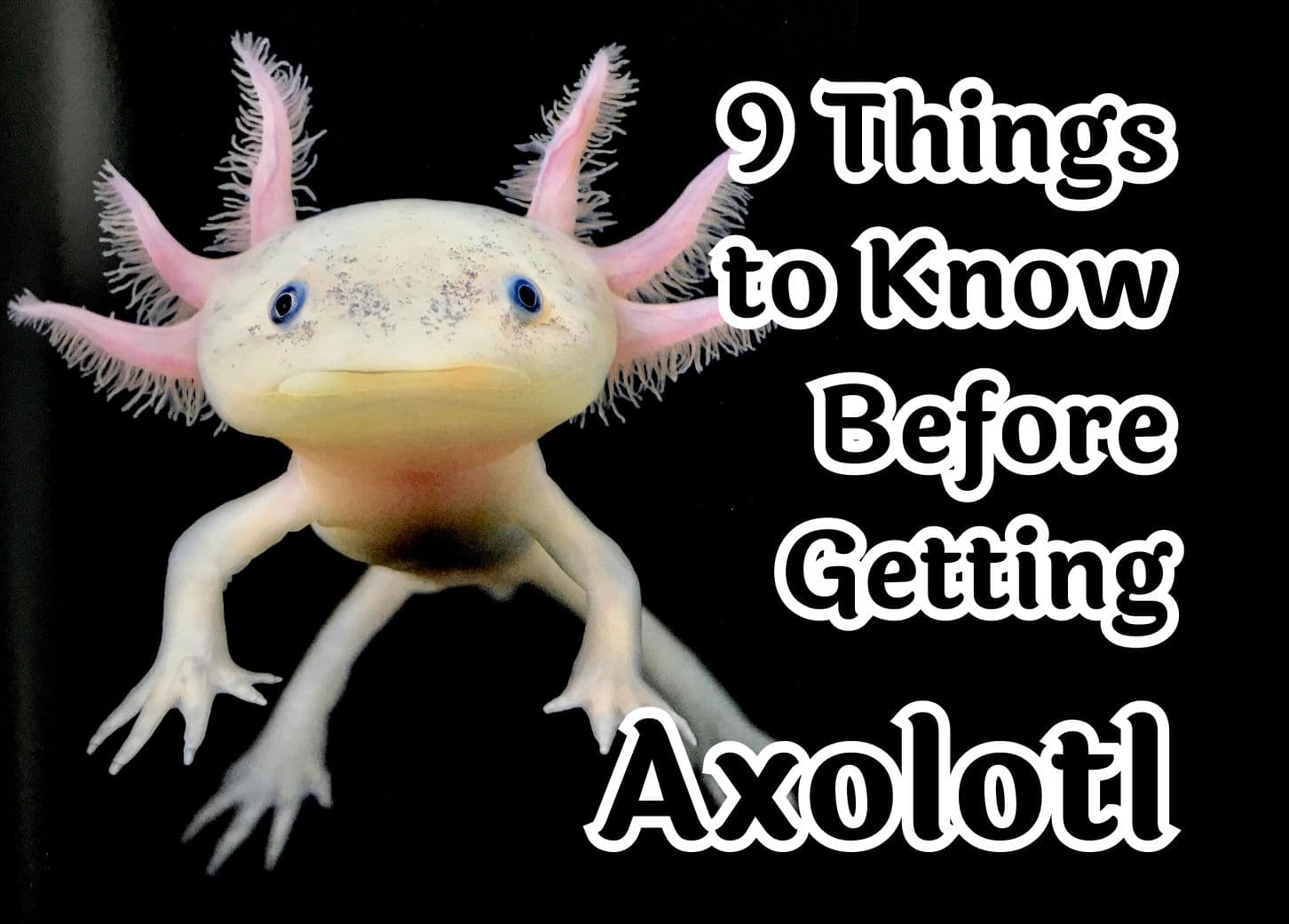What You Should Know Before Adopting an Axolotl

Thinking about getting an axolotl? These quirky little amphibians with their permanent smiles and feathery gills are definitely one of the more unusual pets you can bring home — but don’t let their exotic looks fool you. Axolotls are surprisingly beginner-friendly, as long as you set them up right from the start.
We’ve spent plenty of time around different pets, and while axolotls aren’t exactly cuddly, they’re fascinating to watch and easier to care for than many reptiles or fish. Here’s what you really need to know before diving in.
What Axolotls Are Like as Pets
Axolotls are low-maintenance, calm, and generally happy to do their own thing. They don’t crave interaction like a dog or even a social cat might — in fact, they prefer not to be handled at all. Their bodies are super delicate, made mostly of cartilage, so it’s best to admire them through the glass.
While they don’t mind your presence, they’re not big fans of roommates. Axolotls can be territorial and even cannibalistic, especially if one is smaller than the other. If you’re set on keeping two, make sure they’re the same size, ideally the same age, and both female. No other fish or reptiles should be in the tank, though — axolotls will eat what they can catch, and get nipped at by what they can’t.
Setting Up the Right Tank
Before you bring your axolotl home, their tank should be fully set up and cycled. For one adult axolotl, a 20-gallon tank is ideal — bigger is better. They’re messy eaters, and they poop in the water, so a strong (but not too strong!) filter is a must. You want clean water without creating stressful currents.
Keep the tank fully aquatic with a secure lid — axolotls can and do jump. Use fine sand or very large gravel (larger than their head) to avoid accidental ingestion, which can cause serious blockages. Decorate with rocks, plants, and things to hide in — axolotls love cover and feel safer with places to retreat.
Temperature is crucial. Unlike many reptiles, axolotls need cool water. Keep it between 57–68°F (14–20°C). Anything above 75°F (24°C) can be dangerous. No need for bright lights — they actually prefer dim environments, especially when young. Just give them shade and hiding spots, and they’ll be happy.
Use dechlorinated tap water (never distilled) and test regularly to keep pH between 6.5 and 7.5. A basic freshwater test kit will help you monitor levels like ammonia, nitrites, and nitrates.
Feeding Your Axolotl
Axolotls are carnivores, and feeding them is pretty straightforward. Earthworms, bloodworms, and frozen shrimp are all great options. You can also offer beef strips or high-quality fish pellets. Avoid feeding them anything too big or hard to digest — and always remove uneaten food to keep the tank clean.
Adults usually eat 2–3 times a week, while juveniles may need daily feeding. Feed them in the evening when they’re most active, and place food near them to help them find it easily.
Health and Maintenance Tips
Despite their sci-fi look, axolotls are fairly hardy if their tank is well-maintained. The biggest issues come from poor water quality — especially ammonia buildup. Regular water changes and filter cleaning are essential.
Watch for signs of illness like lethargy, loss of appetite, or bloating. Axolotls can regenerate limbs (yes, really — even parts of their heart and eyes!), but that doesn’t mean injuries or infections aren’t serious. If something seems off, don’t wait — consult a vet who knows amphibians.
A healthy axolotl can live up to 15 years, so this is a long-term commitment.
Legal and Ethical Considerations
Before you fall in love, check your local laws. Axolotls are illegal to own in some U.S. states like California, Maine, New Jersey, and Virginia. And in many places, you can’t import them across state lines even if ownership is allowed.
Always buy from a reputable breeder — never take one from the wild. Axolotls are critically endangered in their native Mexico, and keeping captive-bred pets helps preserve wild populations.
Final Thoughts
Axolotls are weird, wonderful, and surprisingly easy to care for once you get their environment right. They’re not pets you’ll snuggle with, but they’re endlessly fun to watch and connect with in their own quiet way. If you're looking for an exotic pet that’s low-stress but high-reward, an axolotl might just be your perfect match.
